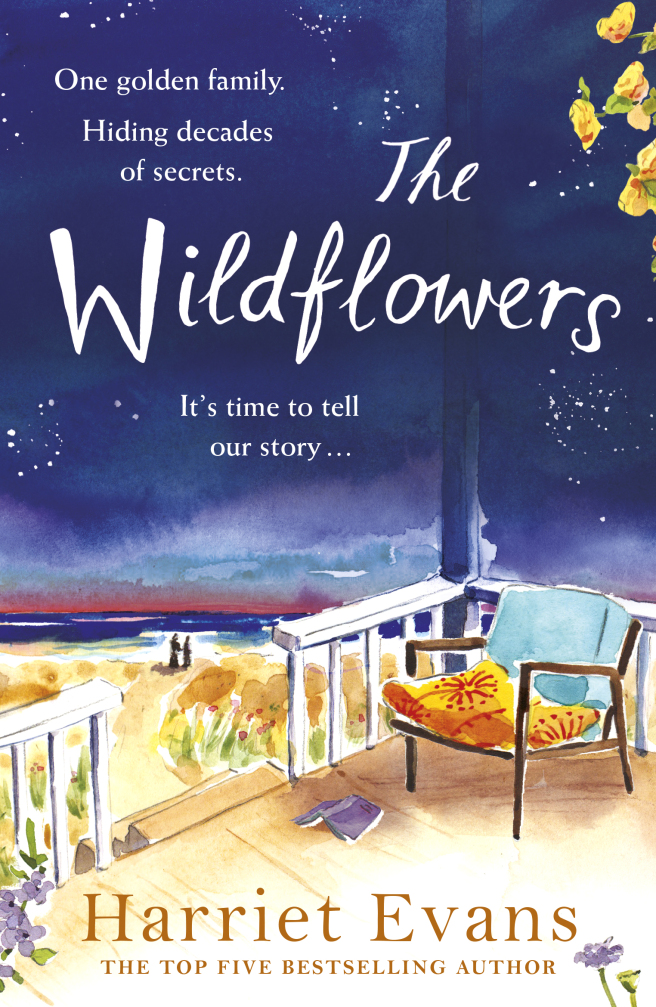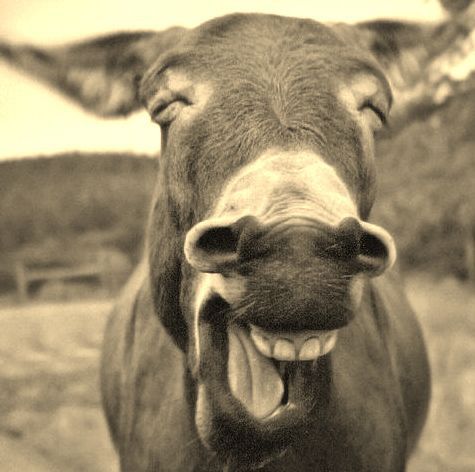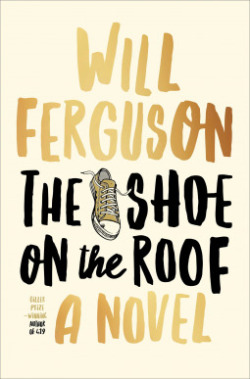Ever since the Co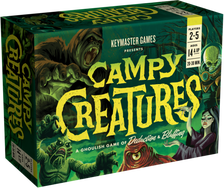 ld War, business has been bad for mad scientists. They can no longer afford the good monsters. Instead they need to retreat to the discount shop, where the monsters are off-brand and half price, and a salesman follows them around the store. How do you do today? Just browsing? No, sorry, we don’t have the Creature from the Black Lagoon, is Swamp Creature OK? It’s more affordable and works in any coloured body of water. Dracula? Last one was sold this morning. A well written review on Campy Creatures? We don’t sell that here, you’ll have to go elsewhere.
ld War, business has been bad for mad scientists. They can no longer afford the good monsters. Instead they need to retreat to the discount shop, where the monsters are off-brand and half price, and a salesman follows them around the store. How do you do today? Just browsing? No, sorry, we don’t have the Creature from the Black Lagoon, is Swamp Creature OK? It’s more affordable and works in any coloured body of water. Dracula? Last one was sold this morning. A well written review on Campy Creatures? We don’t sell that here, you’ll have to go elsewhere.
Campy Creatures is a 2-5 player role selection game designed by Mattox Schuler, and published by Keymaster Games. The game is played by a group of mad scientists sending their minions to capture as many mortals as possible. Only the strongest monsters get the blood of the innocent, while the weak are chased away with a variety of pointy things. Then stuff happens, and the best scientist is the one with the highest score after three rounds – this is the same selection criteria used for the Nobel Prize, or at least should be.
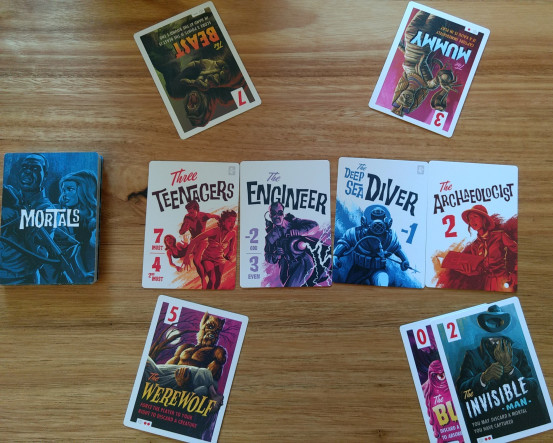
Begin the game by giving each player a small deck of nine monster cards. These represent the creature cast of Cabin in the Woods and have strength values from zero to eight. For each player draw a card from the human deck, placing it face up. These cards are used for scoring, and go from negative three to six points.
There are two special types of humans. The first being teenagers, who aren’t worth anything by themselves – until they get a job, and pay taxes – but collecting the highest number of them gives seven points. The other special type are engineers who give negative points if you capture an odd amount of them, and positive points for even.
Players unleash monsters by playing a creature card from their hand face down. Each has their own speed, strength, abilities:
- The Blob – Fast – 0 – Sacrifice a monster from your hand, use the strength of the sacrificed monster instead of The Blob’s.
- The Swamp Creature – 1 – Give your captured human to another player.
- The Invisible Man – 2 – Discard an already captured or currently caught human.
- The Mummy – Fast – 3 – Catch a human of your choice if there is a Kaiju on the board.
- The Invader – 4 – Capture two humans.
- The Werewolf – 5 – The player to your right discards a monster.
- The Vampire – Fast – 6 – Negates the ability of the creature to your left.
- The Beast – 7 – If held until the end of the round, gain three points.
- The Kaiju – 8 – No ability. It is a motherflipping Kaiju!
After everyone has released a monster, players then reveal their selected creatures and the capturing begins. Fast monsters get to use their abilities first, in order of strength. Then, again in order of strength, players take turns capturing the mortal cards, while also using any slow abilities.
If two players select the same monster, then they awkwardly exchange small talk until the Clash-o-meter is resolved. If you’ve never used a Clash-o-meter before, then all you need to know is that it queues players in a random order at the start of the game. After a player wins a clash, they get sent to the back of the queue.
Once all humans have been captured and abilities used, new prey is drawn, and the scientists ready their next creatures. This continues until there are no humans left to kill, maim, or whatever else mad scientists do.
Now, it’s time to add up scores, update the score board, shuffle the deck of humans, and get on with the next round. The player with the most points after three rounds is declared the winner, and showed a concerning lack of empathy.
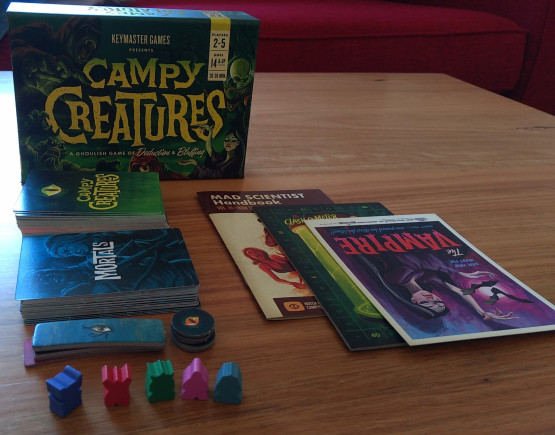 The Good
The Good
Close your eyes for a second, and imagine the perfect game mechanic. How would you describe it? For me, it’s a mechanic that has zero downtime between turns, it is balanced so that all players start on even footing, and every choice you make has both immediate and long-lasting effects on the game. Sounds pretty good right? Wrong, it sounds perfect, and thankfully it’s already been invented. It’s called role selection, and it is bloody marvellous.
It’s also the main mechanic of Campy Creatures. However, the designers didn’t just stumble upon a golden nugget and deliver it rough and dirty. They polished and shaped that nugget, fashioning it into a board game that belongs with the Crown Jewels. The interplay between cards is indescribably well done, often creating moments of surprise. I’m not talking about putting spring loaded snakes in a Machi Koro box, but rather moments of exclamation when cards combine in ways you did not expect. A couple of examples:
- With a lot of points on the board, everyone expected someone to play the Kaiju, everyone played the Mummy instead.
- Or once I played a Blob card only to have it silenced by a Vampire, leaving with a zero-strength monster, and a lifetime of regret.
These moments are fantastic, and highlight the bluffing game that happens constantly. When to play The Kaiju? When should I play The Mummy? How strong should my monster be? It’s these questions and more that you ask yourself every turn. The right answer is hard to come by, because while everyone else is trying to come up with the same answers, they’re also trying figure out yours and the best way to sabotage it.
Rounds play out like wading through a pool of deduction, starting in the shallows, everyone has nine cards, so it’s difficult to come to a logical conclusion as to what people will play. However, as the round continues, and you wade deeper into the depths, other players don’t have as many cards, allowing you a much better idea of what they’ll be playing.
This deduction, and the aforementioned bluffing goes Super Saiyan as soon as the meta game – the in-game knowledge of knowing what to play when, and why – is formed. This is because Campy Creatures has all the cards needed to break any meta it creates.
Finally, I found the art fantastic. I’m not alone either. This game has been put on several ‘Best Art of 2017’ lists. It really captures the vibe of the classic cult monster films. Although at no point do you ever feel like a mad scientist or does that part of the theme make any sense, the commitment to the monster mash through the box, rule booklet, board, tokens and cards creates a fun atmosphere that the board game would not have otherwise.
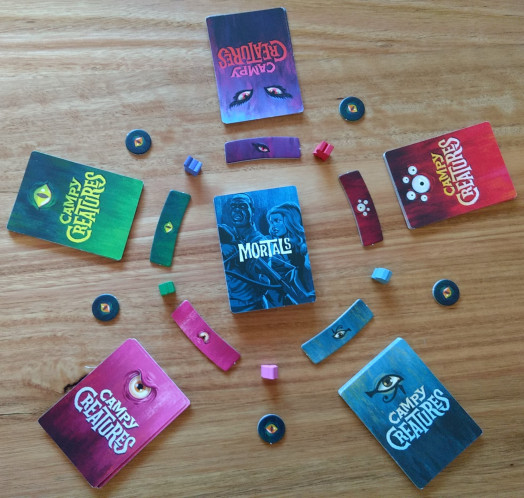
Campy Creatures doesn’t have a great first game, and there’s a few reasons for this. First there are nine monster cards, which if you’ve read my blog previously you’ll know about George Miller’s study whereby most people can only hold seven things in their short-term memory. However, the graphic design, card text, and simplified abilities do a great job of alleviating this problem.
Another problem with the first play is that this game thrives on an established meta. When starting out, you are unsure of how people play so the amount of guessing increases, minimising the effectiveness of deduction and bluffing.
Balance wise the original placement of the Clash-o-meter can have long lasting ramifications on the player at the end of the queue. The Vampire only affecting the player on the left means that seating arrangements may have an impact on balance as well.
Speaking of the Clash-o-meter, using it to determine who wins in the event tied players on number of captured teenagers belongs in a horror movie itself. Since there’s nothing you can do to affect the state of the Clash-o-meter, when this scenario plays out you feel can’t help but feel robbed. It’s incredibly punishing for the players who miss out on the points.
Another issue with the teenagers, is that it can be hard to read how many teenagers there are on the card. Between text font, position and colour palette, the number of teenagers doesn’t really differentiate itself well enough between cards. This has tripped up a few players in my experience.
With this all said, the worst thing about Campy Creatures is that there may be too much interplay between cards. At higher player counts the board game could be considered random, which may frustrate players. To be fair, it is random in the same way that life is considered random. We know that everything happens for a reason – usually physics, and human stupidity – even if we can’t comprehend it from our current perspective.
I always like to end on a petty issue, and in this case, it’s the scoreboard. They really should have made it big enough so that you could place at least two player tokens side by side. Don’t get me wrong, I love the Clash-o-meter as much as the next guy, but having it so big is a waste of useful space.
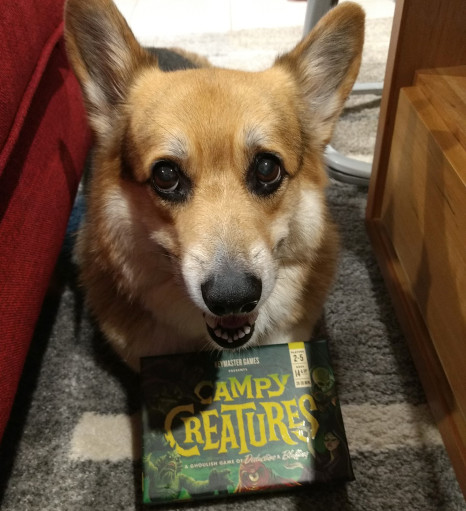
How do I feel about this Monsters vs Aliens, Hotel Transylvania crossover? I love it. The role selection mechanic is just so good. No downtime, low playing time, complex decisions, this mechanic has it all, and Campy Creatures does its best to make the most of it. Creating a game that offers endless player interaction through bluffing and deducting your opponents. Then the fantastic moments that will surprise and delight you. All of this within a small package. Even the great mad scientist Kyouma Hououin could not ask for more. I am helpless to do anything but name this board game a Roll to Review Critical Hit, and do my best vampire impersonation: fangs for reading. That was it. I am now going to delete my website, so that this impression never sees the light of day – you know, cause it’s a vampire.
If you like this game I suggest checking out Cockroach Poker, another big game in a small package. Also, if you haven’t seen Kong: Skull Island, you should definitely give the movie a look. Very fitting in the Campy Creatures theme.
Like it? Share it- More
